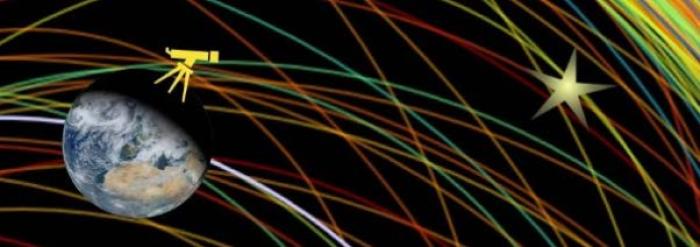Occultation astrometry for NEA study and risk mitigation

This project, renamed ACROSS (Asteroid Collaborative Research by Occultation Systematic Survey), aimed at considerably improving the predictability of stellar occultations by small and difficult targets such as the Near Earth Asteroids (NEAs). In particular, it focused on the binary asteroid 65803 Didymos, target of the DART (NASA) and Hera (ESA) missions, and other NEAs: either secondary targets of Hera, or NEAs whose orbit is accurate enough. Stellar occultations are an unbeatable approach to:
- Obtain new measurements with extremely high astrometric accuracy. As at the epoch of the occultation the position of the asteroid coincides with the star, if the star position is known precisely, the same precision can be obtained on the asteroid.
- Get high resolution information on the shape and size of the targeted asteroids, by combining observations of a same event obtained by multiple sites.
The observation consists in measuring the exact timing of the star disappearance, which lasts for ~seconds for a Main Belt asteroid, or fractions of it for a NEA. As only the star must be visible in telescopes, and it can be much brighter than the asteroid, small instruments can be used, at the reach of most amateur astronomers. Stellar occultations, for this reason, offer a citizen science opportunity of outstanding impact.
